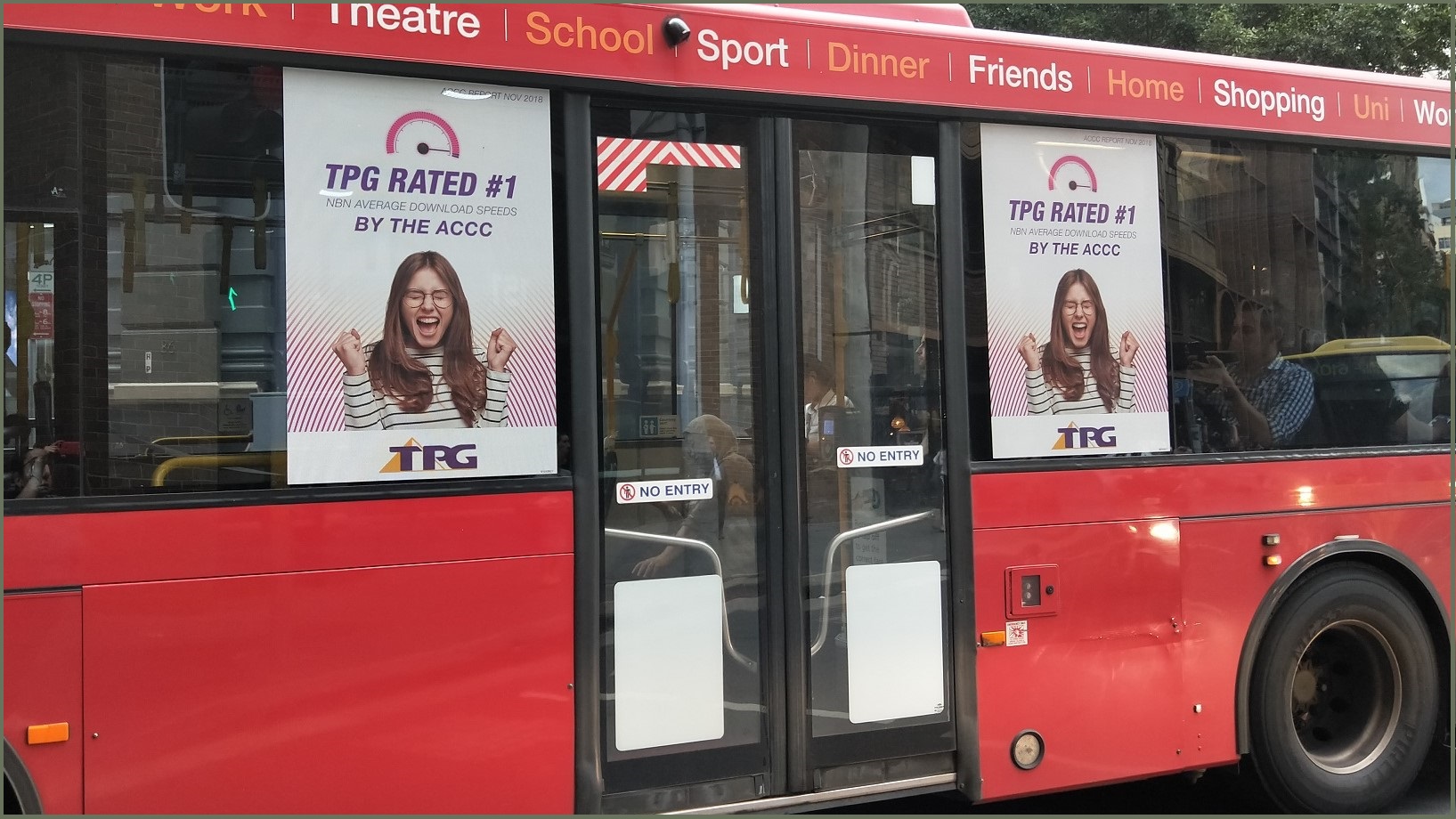They may have a history of delivering fast NBN Internet services, but new ACCC broadband benchmarking shows that top internet service providers iiNet and TPG recorded the largest slowdowns over the past quarter.
TPG was delivering 86.1 percent of its customers’ rated NBN plan speeds, on average – down 2.3 percent from the previous quarter.
iiNet saw an even bigger drop, declining by 5 percent to the point where its customers were, on average, receiving just 79.8 percent of the broadband speed they were paying for.
Other tested ISPs recorded much smaller drops, with MyRepublic easing 0.1 percent to 82 percent of advertising speeds, Telstra dropping 0.8 percent to 82.7 percent of advertised speeds, and Optus dropping 0.1 percent to 83.9 percent of advertised speeds.
Second-place Aussie Broadband, which averaged 84.8 percent of advertised speeds, eased 1 percent over the previous numbers.
The ACCC believes the speed drops may be the result of new wholesale NBN products launched in October, with internet service providers perhaps underestimating the amount of backhaul bandwidth needed to maintain service performance.
Getting what you paid for
Disparities between advertised NBN speeds and actual performance have long dogged the NBN rollout, which has struggled to deliver speed improvements in many areas because of the aging infrastructure on which it is being rolled out.
The ACCC’s Measuring Broadband Australia (MBA) program relies on in-home monitoring devices from global testing firm SamKnows, which regularly checks download and upload speeds throughout the day.
TPG and iiNet topped the leaderboard in the first round of results, which were released in March 2018.
In the latest round of testing – which involved 220,000 speed tests on 980 NBN and ADSL services from 15 RSPs – 13 percent of NBN services were classified as ‘underperforming’.
In ACCC parlance, that means the services rarely, if ever, record download speeds that are at least 75 percent of the plan speed.
Fully 7.4 percent of tested services never delivered even half of the broadband performance that customers were paying for.
The FTTN problem persists
Most of the underperforming services are running contentious fibre to the node (FTTN) services, with the ACCC noting that services delivered via FTTN “never come close to delivering the maximum speed promised”.
Despite a recommitment to FTTN technology after the 2016 election, RSPs have had ongoing problems meeting expectations with the services – with shortfalls in actual delivered speeds driving a wave of refunds in late 2017 that expanded to 75,000 customers last March.
Nine months later – the latest figures were collected during November 2018 – peak-hour congestion during the 7pm to 11pm timeslot was still proving problematic for RSPs, with average speeds during that period dropping to between 48.3 percent and 71.8 percent of the services’ rated speeds.
FTTN services delivered just 78.6 percent of maximum plan speeds during peak hours – well behind fibre-to-the-Premises (FTTP) and HFC cable Internet services, which respectively delivered 87.1 percent and 86.4 percent.
During the same month, TPG and iiNet were the slowest of six RSPs tested in the Netflix ISP Speed Index, which rates the delivery of that firm’s video-on-demand services.
That index found a more than 7 percent gap between the average speeds for customers on the Telstra network (averaging 3.97Mbps) and those on iiNet’s service (3.69Mbps).
The ACCC encouraged customers who aren’t getting the speeds they paid for, to shop around – something that previous studies have shown to be relatively uncommon.










